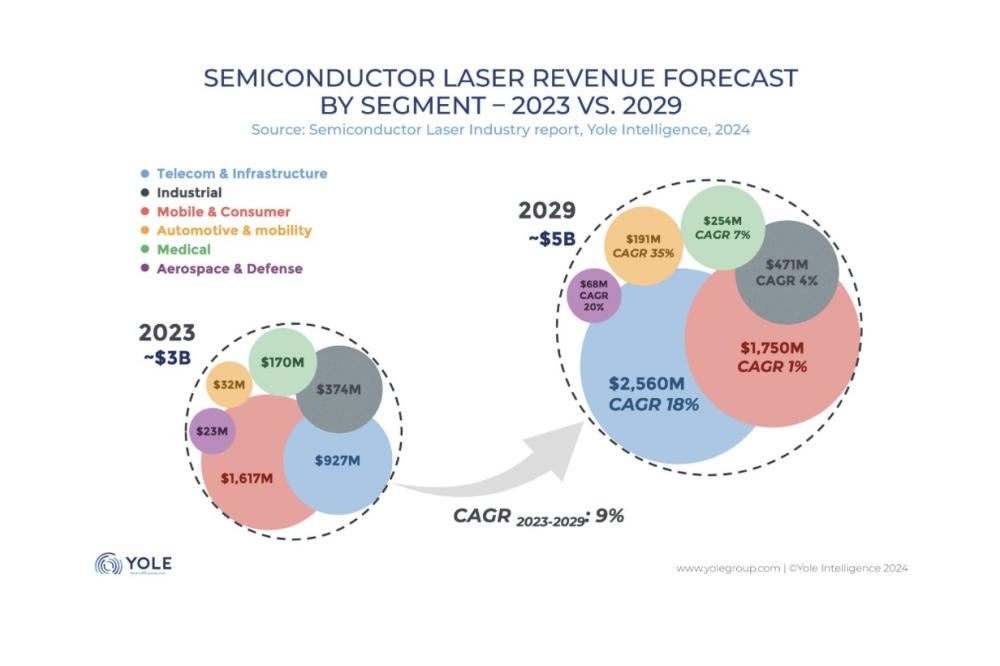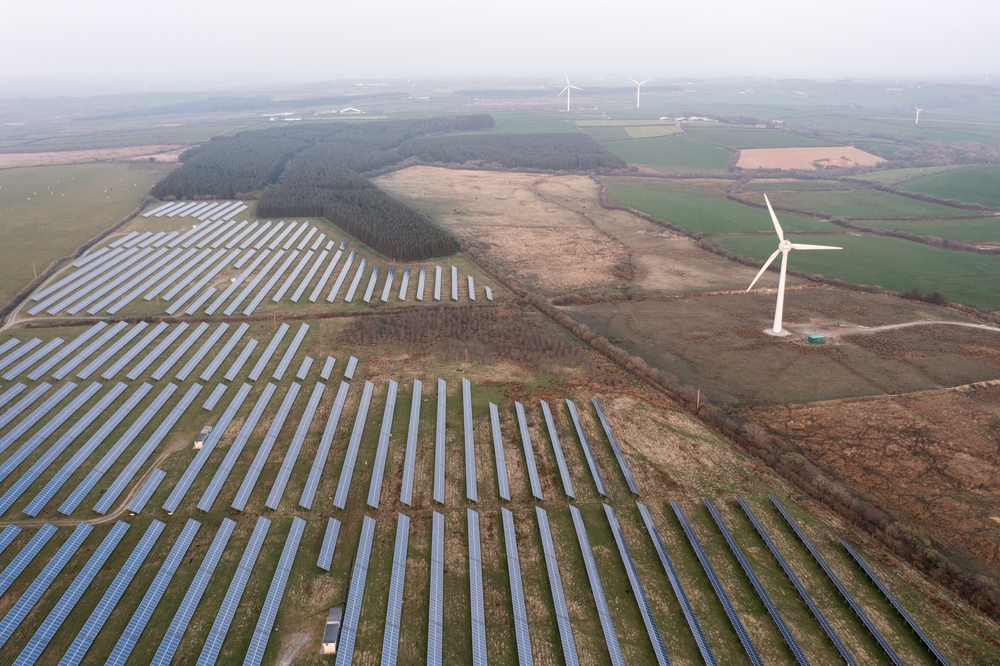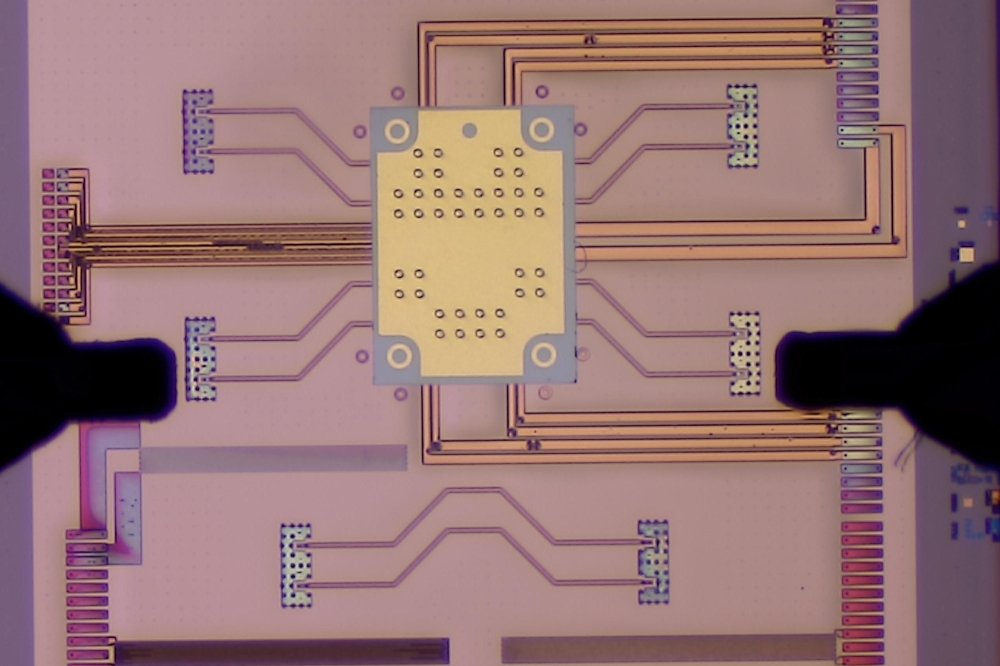LED package designs tackle lumen depreciation issues
LEDs as efficient light sources For most people, the term LED simply refers to the small indicator lights commonly found in electronic equipment, such as radios and remote controls. Although LEDs were first developed in the late 1960s, it took nearly three decades for researchers and developers to produce white light using this technology. During this period, however, the brightness of colored LEDs increased significantly, allowing them to be used in a wider variety of applications. During the latter part of the 1990s, LEDs began to replace incandescent lamps in traffic signals. In this application LEDs have been shown to save over 80% of the energy used compared with their incandescent counterparts. Such large energy savings are realized because the conventional colored signals use optical filters over incandescent lamps. These filters absorb, and thereby waste, a significant portion of the radiant energy generated by the light source. LEDs, on the other hand, emit light in a narrow wavelength band, and they can efficiently produce colored light.
As LEDs replaced incandescent lamps in traffic signals, it emerged that they were more than just energy-efficient; in fact some manufacturers claimed that their LEDs would last 100,000 hours. As white-LED technology evolved, industry experts predicted that LEDs would revolutionize the lighting industry, including the field of illumination. On hearing this, some early adopters quickly created light sources using arrays of 5 mm white LEDs packed inside a lamp envelope. These "LED lamps" mimicked standard incandescent bulbs and their manufacturers claimed that they were more energy-efficient than incandescent lamps and, like their colored counterparts, would last 100,000 hours. This led many to believe that white LEDs were ready to replace the incandescent lamps.
White LED lifetimes Reality, however, did not live up to the initial claims. Early in 2000, research publications showed that the light output of these 5 mm white LEDs dropped very quickly. In only about 6000 hours, the light output dropped below half its original value (Narendran et al. 2000 and 2001a). Yet, despite this information, as well as numerous articles which have shown that 5 mm white LEDs degrade very rapidly, many manufacturers continue to claim that they will last 100,000 hours.
Another recent publication showed that even the different colored 5 mm LEDs do not degrade the same way over time (Narendran et al. 2001b). These LEDs were tested in a temperature-controlled room, and they were mounted on printed circuit boards as shown in figure 1. The light output degradation of LEDs with different colors is shown in figure 2. The light output of the red LEDs depreciated at a much slower rate than that of the white LEDs, while green and blue LEDs degraded at an intermediate rate. LEDs packaged inside an enclosed fixture, where the ambient temperature is higher than in the temperature-controlled study, will experience higher degradation rates. Therefore, the claim of 100,000 hours life for LED fixtures that use housed arrays of 5 mm LEDs, white or colored, is deceiving. The LEDs may indeed last 100,000 hours, but their light output may not be sufficient for the fixture s intended application. A useful life of 5000 hours may be more appropriate for the 5 mm LED fixtures.
Newer LED packages Standard 5 mm LED packages were originally designed for use in indicator applications, but their design does not allow for sufficient heat transfer from the LED chip to keep it cool during operation. As the temperature of the chip increases, the device degrades more quickly. Another problem in 5 mm white LEDs is that yellowing of the epoxy reduces light output and increases the light output degradation rate.
There is reason for optimism, however; newer high-power LED packages have been designed for illumination applications. These high-power LEDs produce 10 to 20 times more flux per device and are more efficacious compared with the 5 mm packages. In addition, a recent publication has shown that the lumen depreciation of the new high-power white LED is reduced considerably compared with 5 mm packages (Narendran et al. 2001b). Some manufacturers appear to have solved lumen depreciation issues by properly extracting the heat and by packaging the LEDs in materials that do not degrade over time.
Even traditional light sources, such as incandescent, halogen, fluorescent and metal halide lamps exhibit light output degradation over their operating life. Figure 3 shows a comparison of light output variation over time for different white-light sources. The high-power LEDs have very low light output degradation, according to the preliminary data in figure 3.
Advances in device construction, light extraction and heat sinking have enabled the development of high-power LEDs that offer improved luminous efficacy and better lumen maintenance. These advances have made white LED technology more feasible for general lighting applications. If the LED industry can sustain these development trends, solid-state lighting could have significant market penetration in the next 5 to 10 years.
The future of LEDs in lighting With LED performance improving, solid-state lighting is attracting more attention from the lighting world. The general illumination marketplace is huge, but penetrating that marketplace will require higher value LED products. Manufacturers will have to continue working on longer-lasting white LEDs with higher efficacy, higher luminous flux and improved color properties. The Lighting Research Center is currently identifying the parameters that can be improved to provide quality lighting that is acceptable to human subjects.
Illumination using LEDs could have a significant impact on architecture and design. Imagine architects who are free to design buildings with the entire illumination system built into the walls, ceilings, and even floors. As illumination LEDs achieve very long lifetimes, the chore of changing a light bulb will be relegated to a display in a museum. New lighting products that become part of a building will require an entirely new direction for industry, and that change may not be easy. Fixtures that now hang from ceilings or on walls could disappear, although designers may find more aesthetically pleasing ways to use LED technology other than simply hiding LEDs in walls. Manufacturers, as well as designers and architects, will need to change to keep up with the rapidly evolving LED.































